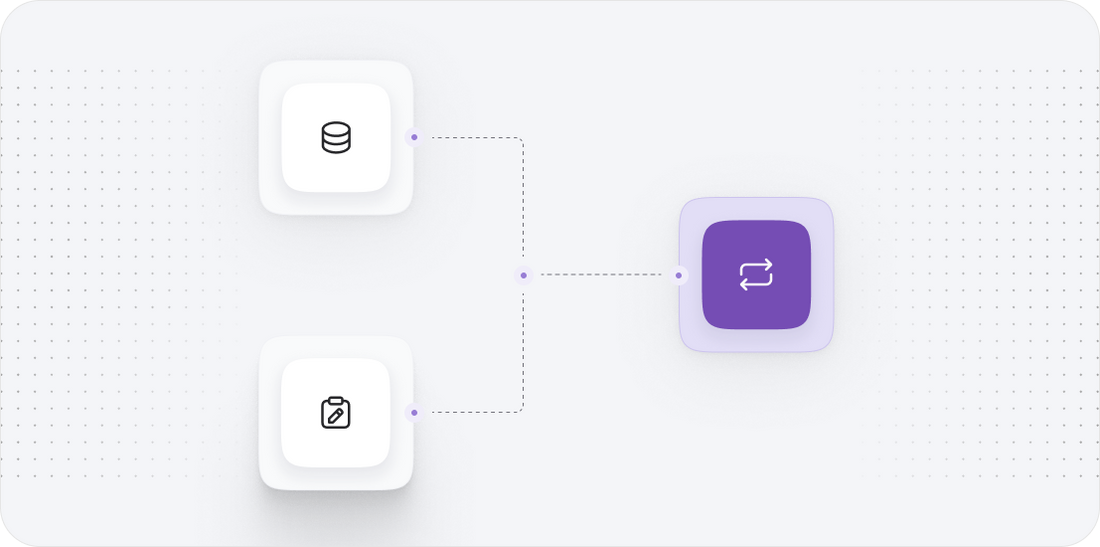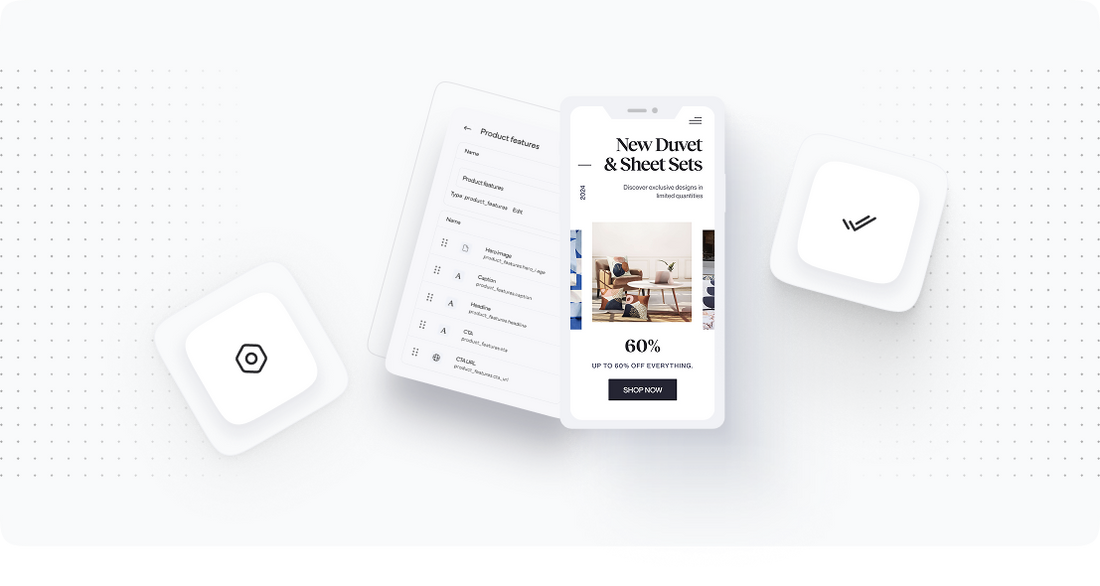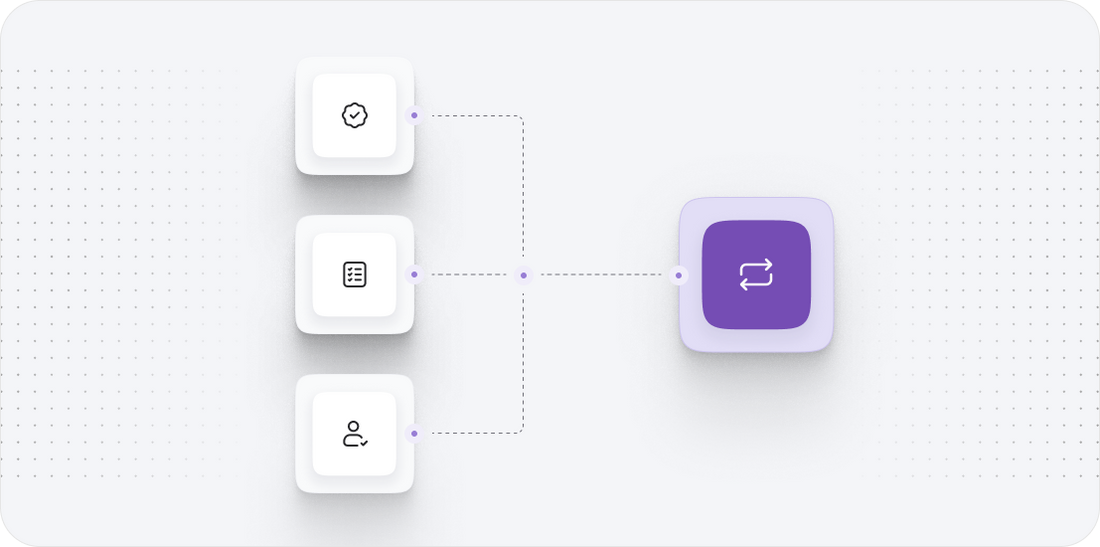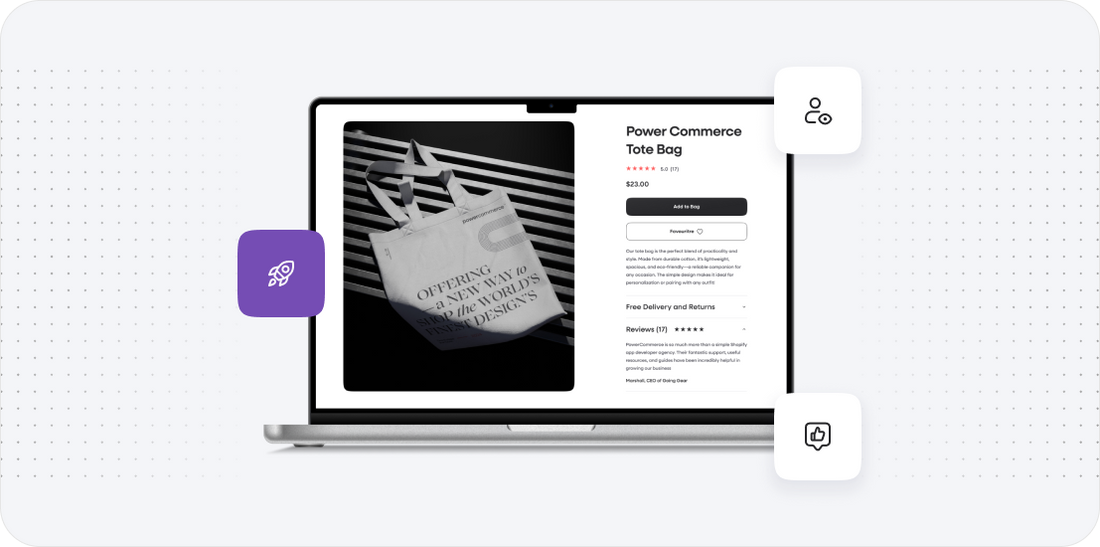





Webflow to Drupal commerce
Migrating your store from Webflow to Drupal commerce might seem daunting, but with proper planning and the right tools, it's a smooth process. Follow this step-by-step guide to ensure a successful transition.
Schedule a call
Webflow to Drupal Commerce Migration Guide
Step 1: Audit Your Existing Webflow Site
In this initial step, we will conduct a thorough audit of your existing Webflow site. This process is crucial to identify all content, functionalities, and design elements that need to be migrated to Drupal Commerce.
Step 2: Plan Your New Site Structure
This step involves designing the architecture of your new Drupal Commerce site based on the audit findings. We'll create a sitemap that aligns with best practices and enhances user experience.
Step 3: Design Your New Drupal Commerce Site
In this phase, we will translate the planned structure into a visually appealing and functional design for your new Drupal Commerce site, maintaining brand consistency.
Step 4: Set Up Drupal Commerce CMS Collections
Now, we will configure the Drupal Commerce CMS Collections to house your content, ensuring everything is organized and ready for data migration.
Step 5: Manually Migrate Your Content
In this step, we will manually migrate content from your Webflow site to Drupal Commerce, ensuring that data integrity and structure are maintained throughout the process.
Step 6: Configure SEO and Integrations
In this phase, we will configure SEO settings and integrations necessary for your new site to maintain its visibility and functionality.
Step 7: Test Your New Site Thoroughly
Before launch, we will conduct thorough testing to ensure all functionalities work as expected and the site performs well across devices.
Power Your Step - Get in Touch
Ready to start your migration journey? Contact PowerCommerce today for expert support in transitioning from Webflow to Drupal Commerce.
Step 1: Audit Your Existing Webflow Site
Auditing your existing Webflow site is the first and most critical step in the migration process. A comprehensive audit allows us to understand the current structure, content, and functionalities of your website. This understanding is essential to ensure that nothing crucial is overlooked and that the migration to Drupal Commerce is smooth and efficient.
During this audit, we will focus on several key areas:
- Content Inventory: We will catalog all of your existing content, including pages, blog posts, product descriptions, and media files. This will help us identify what needs to be migrated and what can be left behind.
- Functionality Assessment: Evaluate the existing functionalities of your Webflow site, such as forms, payment integrations, and any third-party applications. This is vital to determine how these will be replicated or improved upon in Drupal Commerce.
- Design Elements: We will review the design aspects of your site, including layout, color schemes, and typography. This information will be essential for recreating your site’s look and feel in Drupal Commerce.
- SEO Factors: Assess SEO elements such as metadata, URLs, and site structure to ensure that your SEO efforts are maintained post-migration.
After the audit, we will compile a detailed report outlining our findings and recommendations. This report will guide the next steps in the migration process, ensuring all stakeholders are aligned on what will be transferred to Drupal Commerce.

Step 2: Plan Your New Site Structure
Once we have conducted a comprehensive audit of your existing Webflow site, the next step is to plan the structure of your new site within Drupal Commerce. This planning phase is critical as it lays the foundation for how your content will be organized and how users will navigate your site.
We will create a sitemap that outlines the hierarchy of pages and categories, ensuring that it aligns with both user expectations and SEO best practices. Key considerations during this planning phase include:
- URL Structure: We will define a URL structure that is clean, descriptive, and SEO-friendly. This is important to maintain SEO ranking and improve user experience.
- Content Organization: Organizing your content into logical categories and subcategories helps users find what they are looking for quickly. We will apply our findings from the content inventory to create a logical structure.
- Navigation Design: A user-friendly navigation system is crucial for enhancing user experience. We will plan a clear and intuitive navigation structure that guides users seamlessly through your site.
- Integration Points: Identify any necessary integration points for payment processing, third-party tools, or plugins that will be used in your new site.
This structured approach ensures that your new Drupal Commerce site will not only replicate the functionalities of your Webflow site but also improve upon them, making it easier for users to access and engage with your content.

Step 3: Design Your New Drupal Commerce Site
The design phase is where we bring your vision to life within Drupal Commerce. Using the sitemap and structure developed in the previous step, we will create a design that is both visually appealing and functional. This phase will leverage Drupal's robust theming capabilities to ensure that your site reflects your brand identity while also providing an exceptional user experience.
Key activities during this design phase include:
- Theme Selection: We will select a suitable Drupal theme that aligns with your brand and desired aesthetics. This theme will serve as the base for your site’s design.
- Custom Design Elements: Where necessary, we will customize design elements such as headers, footers, and product displays to meet your unique requirements. This includes using CSS and other styling techniques to ensure consistency with your existing branding.
- Responsive Design: Ensuring that your site is mobile-friendly is paramount. We will test and implement responsive design principles to ensure a seamless experience across all devices.
- Accessibility Considerations: We will incorporate accessibility best practices to ensure that your site is usable for all visitors, including those with disabilities.
Through close collaboration and iterative feedback, we will refine the design until it meets your expectations and is ready for the next phase of development.

Step 4: Set Up Drupal Commerce CMS Collections
With the design in place, the next step is to configure the CMS Collections in Drupal Commerce. This step is crucial as it establishes the framework for how content will be stored, managed, and displayed within your new site.
During this phase, we will focus on the following key actions:
- Content Types Creation: We will create custom content types in Drupal Commerce to accommodate the various types of content identified during the audit (e.g., products, blogs, testimonials).
- Field Configuration: Each content type will be configured with the necessary fields to capture all relevant data. For example, product content types may include fields for price, SKU, images, and descriptions.
- Taxonomy Setup: Implement taxonomy vocabularies to categorize your content effectively. This allows for better organization and filtering of content on your site.
- Views Creation: We will set up Views to manage how your content is displayed on the front end, including product listings, blog feeds, and category pages.
This structured setup will facilitate a smooth data migration process, ensuring that all your existing content can be easily imported and properly displayed in the new Drupal Commerce environment.

Step 5: Manually Migrate Your Content
With the CMS Collections set up and ready to go, we will begin the manual migration of your content from Webflow to Drupal Commerce. This process is vital to ensure that all data is transferred accurately and that the new site reflects the content structure outlined in the previous steps.
Key components of the manual migration process include:
- Data Export from Webflow: We will export your content from Webflow, ensuring that we capture all necessary data, including text, images, and metadata.
- Data Mapping: Establish a clear mapping of Webflow content to Drupal Commerce content types. This mapping will guide how data from Webflow will correspond to the fields in Drupal.
- Content Import into Drupal: Using Drupal's built-in import tools and potentially custom scripts, we will begin importing the content into its respective collections in Drupal Commerce. This may include creating new nodes for products, blog posts, and other content types.
- Quality Checks: After the content is imported, we will perform quality checks to ensure that all data has been migrated accurately and is displayed correctly on the front end.
This meticulous approach to manual content migration will help preserve the integrity of your content and ensure a seamless transition to your new Drupal Commerce site.

Step 6: Configure SEO and Integrations
With the content successfully migrated, it’s time to configure important SEO settings and integrations that will help your new Drupal Commerce site maintain its search engine visibility and operational functionality.
During this phase, we will focus on the following key actions:
- SEO Settings Configuration: We will implement SEO best practices by configuring metadata for all content types, setting up clean URLs, and creating XML sitemaps. This is crucial for preserving your search rankings.
- Redirects Setup: To maintain SEO equity, we will set up 301 redirects from your old Webflow URLs to the new Drupal Commerce URLs, ensuring users and search engines can find your content seamlessly.
- Integration with Analytics Tools: We will integrate tools like Google Analytics and Google Search Console to help you monitor the performance of your new site and gather insights into user behavior.
- Third-Party Integrations: Any necessary integrations with payment processors, shipping providers, and CRM systems will also be configured at this stage to ensure your ecommerce operations run smoothly.
By the end of this phase, your new site will not only be functional but also optimized for search engines, ensuring you maintain your online visibility.

Step 7: Test Your New Site Thoroughly
Before officially launching your new Drupal Commerce site, comprehensive testing is essential to ensure that everything functions as intended and that users have a seamless experience. This phase will help identify any issues or bugs that need to be resolved before going live.
Key testing activities will include:
- Functional Testing: We will systematically test each functionality of the site, including shopping cart processes, payment integrations, and form submissions to ensure they work correctly.
- Cross-Browser Testing: Ensuring that your site functions correctly across all major browsers (Chrome, Firefox, Safari, etc.) and devices (desktop, tablet, and mobile) is critical for user experience.
- Performance Testing: We will analyze the site’s load times and responsiveness, optimizing where necessary to ensure a fast and efficient user experience.
- SEO Testing: Conducting checks on SEO settings to confirm that all configurations are correctly set and that there are no broken links or missing metadata.
This thorough testing phase will help us address any issues proactively, ensuring a smooth transition to your new site when it goes live.

Power Your Step - Get in Touch
Ready to power your migration journey? At PowerCommerce, we specialize in seamless ecommerce transitions, ensuring that your move from Webflow to Drupal Commerce is as smooth and efficient as possible. Our team of experts is dedicated to providing you with the support and guidance you need to succeed.
Don't hesitate to reach out to us for a risk-free consultation. We can help you assess your needs and strategize the best approach for your migration.
- Visit our contact page to fill out the form.
- Call us directly at 800-099-9090.
- Email us at info@powercommerce.com for any inquiries.
Join us and experience the benefits of a well-executed migration that maximizes your ecommerce potential!
Stay aligned on what's happening in the commerce world
Trusted by 1000+ innovative companies worldwide
Schedule Your Migration Today
For businesses prioritizing simplicity, scalability, and robust support, Shopify is the clear winner.
Looking to migrate without hassle? Power Commerce can handle the entire process, ensuring smooth data transfer, store setup, and post-launch success.
Marka Marulića 2, Sarajevo, 71000 BiH
00387 60 345 5801
info@powercommerce.com


